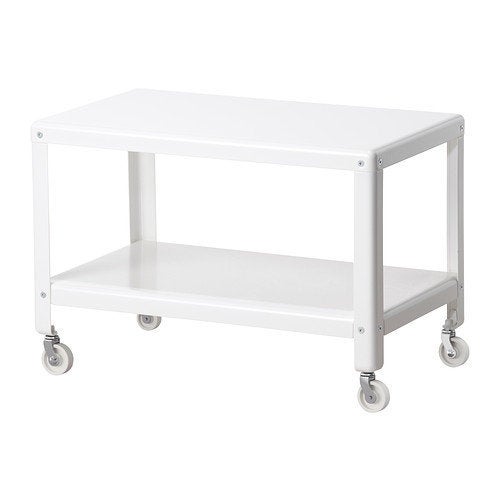How To Clean Mold From Coffee Pot
Nosotros love nothing more than than a skilful cup of coffee. But a good loving cup of mold? Not so energizing.
A 2011 study from NSF International found that about half of coffee makers (nosotros're talking the classic, basket-and-carafe kind hither) had yeast and mold growing in their reservoirs. Nigh 1 in ten were domicile to coliform bacteria. On average, dwelling coffee reservoirs too had higher germ counts than both bathroom door handles and toilet seats.
And while the study tested only 22 households, germ specialist Kelly Reynolds said she doesn't dubiety the results.
"(Java makers) are certainly a moist environs where mold and bacteria are known to grow in high numbers," said Reynolds, who studies household germs at the University of Arizona. "Our bodies tin can bargain with them, but at some signal they'll grow to levels loftier enough to cause sickness."
And reverse to what you may believe, hot water isn't enough to get this gunk out. (The communication about running java through to disinfect? Non entirely authentic, either.)
Nosotros asked Carolyn Forté, director of the Habitation Appliances and Cleaning Products Lab at the Good Housekeeping Research Institute, about the most effective way to clean your coffee maker. The magic ingredient turns out to be vinegar, which (in addition to sanitizing) "decalcifies," or removes the mineral buildup from tap water.
If you lot have a archetype coffee maker, Forté says to requite it a gentle cleaning every day and to decalcify it depending on how hard the h2o is where you live.
"The carafe, chapeau and filter basket should be cleaned daily with warm, sudsy h2o," Forté told The Huffington Mail via e-mail. "A coffee maker that's used daily should be decalcified about once per month in hard water areas and every two to iii months in soft water areas."
Like rules employ for "pod-based machines" similar Keurigs -- debris can clog their many nooks and crannies, so they also do good from a vinegar run-through every few months, Forté says.
Information technology actually depends on how often you lot employ your coffee maker and for how long it lies dormant. Because mold spores love to grow in squeamish, moist, quiet environments... or, say, a coffee maker y'all've left unwashed on your counter over the weekend.
No matter how often yous use them, these decalcifying steps (outlined hither for classic coffee makers) are the key to better-tasting coffee. And we could all go for some of that.
- Make full the coffee maker's water chamber with equal parts white vinegar and water. Using a newspaper filter, permit to brew until half the chamber is empty.
Voila! Delicious, germ-free coffee!
If you're looking for a fresh start with a sparkling make clean automobile, check out some of Good Housekeeping'southward favorite new coffee makers, from unmarried-cups to large-time brewers.

Coffee Tables Under $100, By Manner
Source: https://www.huffpost.com/entry/how-to-clean-coffee-maker_n_5861026
Posted by: saxontiontems.blogspot.com


0 Response to "How To Clean Mold From Coffee Pot"
Post a Comment